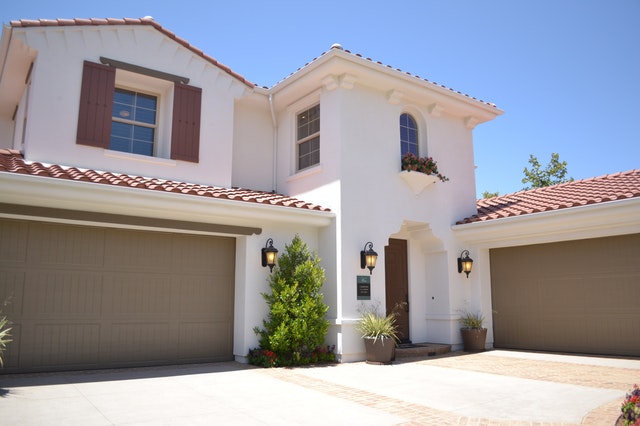Home Improvement Projects For The Quarantined
 If you have paid attention to the news recently, you have probably heard about the coronavirus pandemic which also goes by the name COVID-19. Those who are exposed to the virus might be asked to place themselves in quarantine. Some states have even told their residents to shelter in place. While this infection has forced everyone to change the way they live their lives, there are still some home improvement projects you can tackle during quarantine to put your free time to use.
If you have paid attention to the news recently, you have probably heard about the coronavirus pandemic which also goes by the name COVID-19. Those who are exposed to the virus might be asked to place themselves in quarantine. Some states have even told their residents to shelter in place. While this infection has forced everyone to change the way they live their lives, there are still some home improvement projects you can tackle during quarantine to put your free time to use.
Jump On Spring Cleaning
One of the first home improvement projects people need to tackle is spring cleaning. Spring is right around the corner so it is time to sort through items that aren’t needed anymore. Start with the wardrobe closet and figure out what is going to be worn during the warmer months, what can be put into storage, and what can be donated. Then, move to the kitchen. Take a look at the drawers and see if there is anything that can be put away. Try to pull out the separators can clean the drawers as well. Finally, move to the living room and declutter anything that isn’t needed anymore. This is going to make the home feel more open, which is important during quarantine.
Repurpose A Room In The Home For A Gym
If you or your family are going to miss going to the gym, it is time to repurpose a room to act as an indoor space to exercise. Think about using the bonus room or basement as an athletic area. Furthermore, you can even save money on gym costs. Try to move chairs and coffee tables out of the way. If possible, put down some rubber flooring, an old mat, or even a few towels to prevent from staining the rug. If you are going to use a jump rope, make sure that nothing valuable is in the way. Try to shift items to make plenty of space for push-ups, sit-ups, jump rope, and free weights.
Home Improvement During Quarantine
It is important for people to follow the advice of medical professionals during the pandemic. Being quarantined is not an ideal situation, but these are only a few of many home improvement projects that can be accomplished during your time at home.

 Think of backyard space as “in-between” or transitional space that is a bit like being inside while being outside. Sunrooms, screened-in covered patios, outdoor kitchens, spas, fire pits and more, are all becoming very popular ways to make more use of the backyard. Making use of the outside area is not limited to only the times of the year that have nice, warm weather.
Think of backyard space as “in-between” or transitional space that is a bit like being inside while being outside. Sunrooms, screened-in covered patios, outdoor kitchens, spas, fire pits and more, are all becoming very popular ways to make more use of the backyard. Making use of the outside area is not limited to only the times of the year that have nice, warm weather. According to data from the National Association of Realtors, existing-home sales increased by 3.6% in December 2019. That pace is the strongest month-over-month in almost two years, since February 2018. The sales figures were also up 10.8% from what they were in December 2018.
According to data from the National Association of Realtors, existing-home sales increased by 3.6% in December 2019. That pace is the strongest month-over-month in almost two years, since February 2018. The sales figures were also up 10.8% from what they were in December 2018.